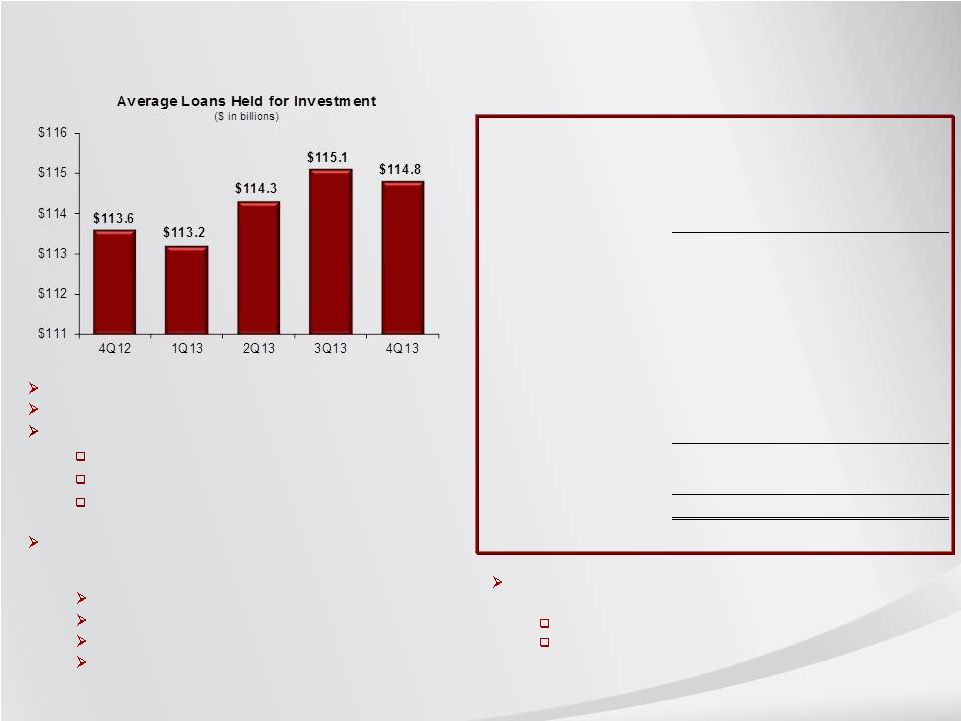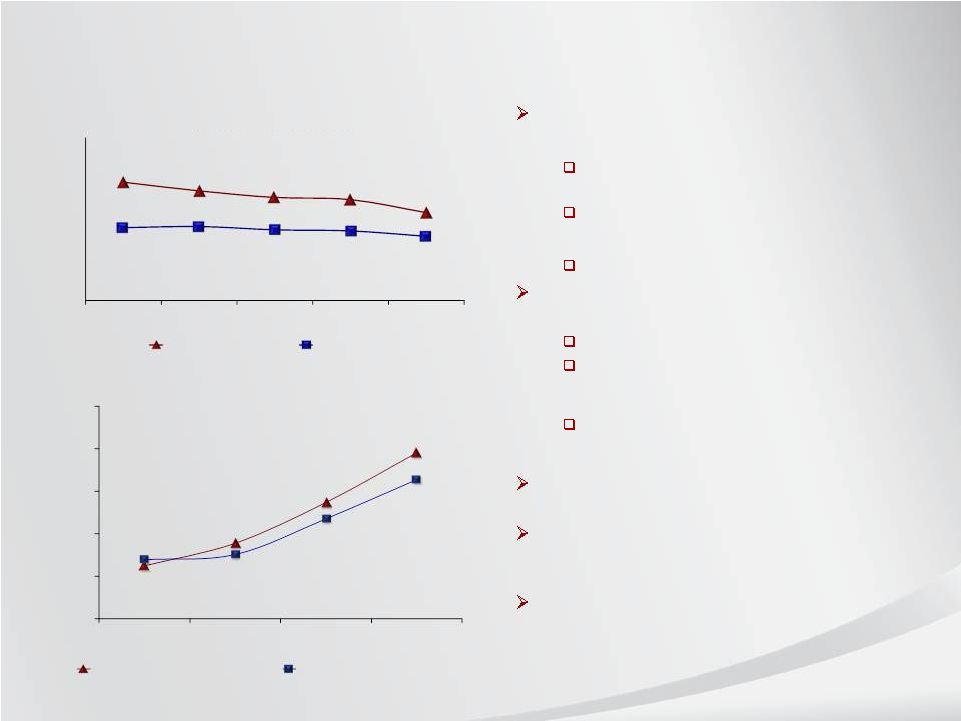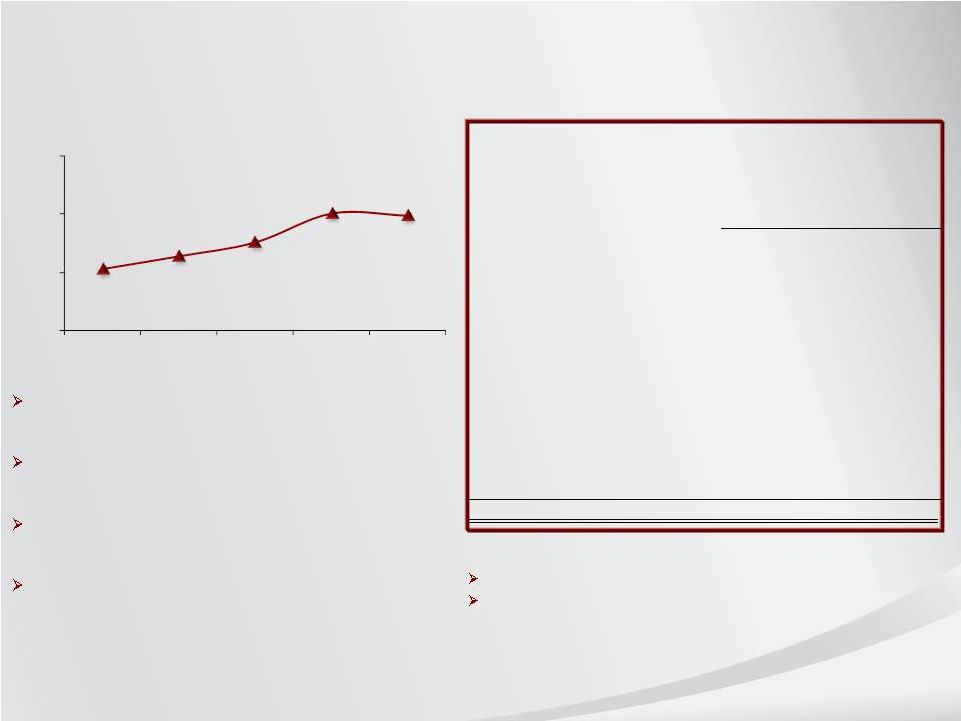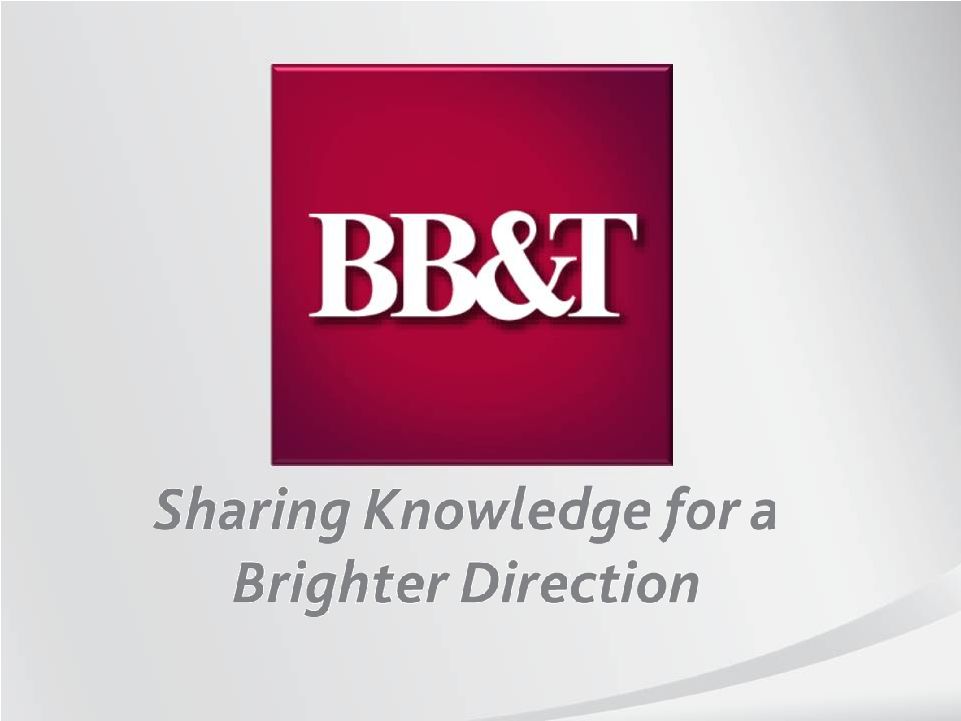Non-GAAP Information Forward-Looking Information 2 This presentation contains forward-looking statements with respect to the financial condition, results of operations and businesses of BB&T. Statements that are not historical or current facts or statements about beliefs and expectations are forward-looking statements. Words such as “anticipates,” “believes,” “estimates,” “expects,” “forecasts,” “intends,” “plans,” “projects,” “may,” “will,” “should,” and other similar expressions are intended to identify these forward-looking statements. Forward-looking statements involve certain risks and uncertainties and are based on the beliefs and assumptions of the management of BB&T, and the information available to management at the time that this presentation was prepared. Factors that may cause actual results to differ materially from those contemplated by such forward-looking statements include, among others, the following: (1) general economic or business conditions, either nationally or regionally, may be less favorable than expected, resulting in, among other things, a deterioration in credit quality and / or a reduced demand for credit or other services; (2) disruptions to the credit and financial markets, either nationally or globally, including the impact of a downgrade of U.S. government obligations by one of the credit rating agencies and the adverse effects of the ongoing sovereign debt crisis in Europe; (3) changes in the interest rate environment may reduce net interest margins and / or the volumes and values of loans made or held as well as the value of other financial assets held; (4) competitive pressures among depository and other financial institutions may increase significantly; (5) legislative, regulatory, or accounting changes, including changes resulting from the adoption and implementation of the Dodd-Frank Wall Street Reform and Consumer Protection Act of 2010, and changes in accounting standards, may adversely affect the businesses in which BB&T is engaged; (6) local, state or federal taxing authorities may take tax positions that are adverse to BB&T; (7) reduction in BB&T’s credit ratings; (8) adverse changes may occur in the securities markets; (9) competitors of BB&T may have greater financial resources and develop products that enable them to compete more successfully than BB&T and may be subject to different regulatory standards than BB&T; (10) costs or difficulties related to the integration of the businesses of BB&T and its merger partners may be greater than expected; (11) unpredictable natural or other disasters could have an adverse effect on BB&T in that such events could materially disrupt BB&T’s operations or the ability or willingness of BB&T’s customers to access the financial services BB&T offers; (12) expected cost savings associated with completed mergers and acquisitions may not be fully realized or realized within the expected time frames; (13) deposit attrition, customer loss and/or revenue loss following completed mergers and acquisitions, may be greater than expected; and (14) BB&T faces system failures and cyber-security risks that could adversely affect BB&T’s business and financial performance. These and other risk factors are more fully described in BB&T’s Annual Report on Form 10-K for the year ended December 31, 2012 under the section entitled Item 1A. “Risk Factors” and from time to time, in other filings with the Securities and Exchange Commission. You are cautioned not to place undue reliance on these forward-looking statements, which speak only as of the date of this presentation. Actual results may differ materially from those expressed in or implied by any forward-looking statements. Except to the extent required by applicable law or regulation, BB&T undertakes no obligation to revise or update publicly any forward-looking statements for any reason. This presentation contains financial information and performance measures determined by methods other than in accordance with accounting principles generally accepted in the United States of America (“GAAP”). BB&T’s management uses these “non-GAAP” measures in their analysis of the corporation’s performance and the efficiency of its operations. Management believes that these non-GAAP measures provide a greater understanding of ongoing operations and enhance comparability of results with prior periods as well as demonstrating the effects of significant gains and charges in the current period. The company believes that a meaningful analysis of its financial performance requires an understanding of the factors underlying that performance. BB&T’s management believes that investors may use these non-GAAP financial measures to analyze financial performance without the impact of unusual items that may obscure trends in the company’s underlying performance. These disclosures should not be viewed as a substitute for financial measures determined in accordance with GAAP, nor are they necessarily comparable to non-GAAP performance measures that may be presented by other companies. In this presentation, these measures are generally marked as “non-GAAP” and are accompanied with disclosure regarding why BB&T’s management believes such measures are useful to investors. Below is a listing of the types of non-GAAP measures used in this presentation: Tangible common equity, Tier 1 common equity and related ratios are non-GAAP measures. The return on average risk-weighted assets is a non-GAAP measure. The Basel III common equity Tier I capital ratio reflects management’s interpretation of the regulatory requirements. BB&T’s management uses these measures to assess the quality of capital and believes that investors may find them useful in their analysis of the Corporation. Asset quality ratios have been adjusted to remove the impact of acquired loans and foreclosed property covered by FDIC loss sharing agreements from the numerator and denominator of these ratios. Management believes that their inclusion may result in distortion of these ratios, such that they may not be comparable to other periods presented or to other portfolios that were not impacted by purchase accounting. Fee income and efficiency ratios are non-GAAP in that they exclude securities gains (losses), foreclosed property expense, amortization of intangible assets, merger-related and restructuring charges, the impact of FDIC loss share accounting and other selected items. BB&T’s management uses these measures in their analysis of the Corporation’s performance. BB&T’s management believes these measures provide a greater understanding of ongoing operations and enhance comparability of results with prior periods, as well as demonstrating the effects of significant gains and charges. Return on average tangible common shareholders’ equity is a non-GAAP measure that calculates the return on average common shareholders’ equity without the impact of intangible assets and their related amortization. This measure is useful for evaluating the performance of a business consistently, whether acquired or developed internally. Core net interest margin is a non-GAAP measure that adjusts net interest margin to exclude the estimated impact of interest income and funding costs associated with loans and securities acquired in the Colonial acquisition. BB&T’s management believes that the exclusion of the generally higher yielding assets acquired in the Colonial transaction from the calculation of net interest margin provides investors with useful information related to the relative performance of the remainder of BB&T’s earning assets. A reconciliation of these non-GAAP measures to the most directly comparable GAAP measure is included on the Investor Relations section of BB&T’s website and as an appendix to this presentation. | 





























